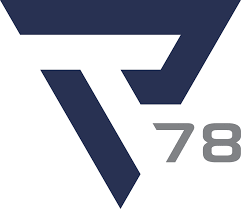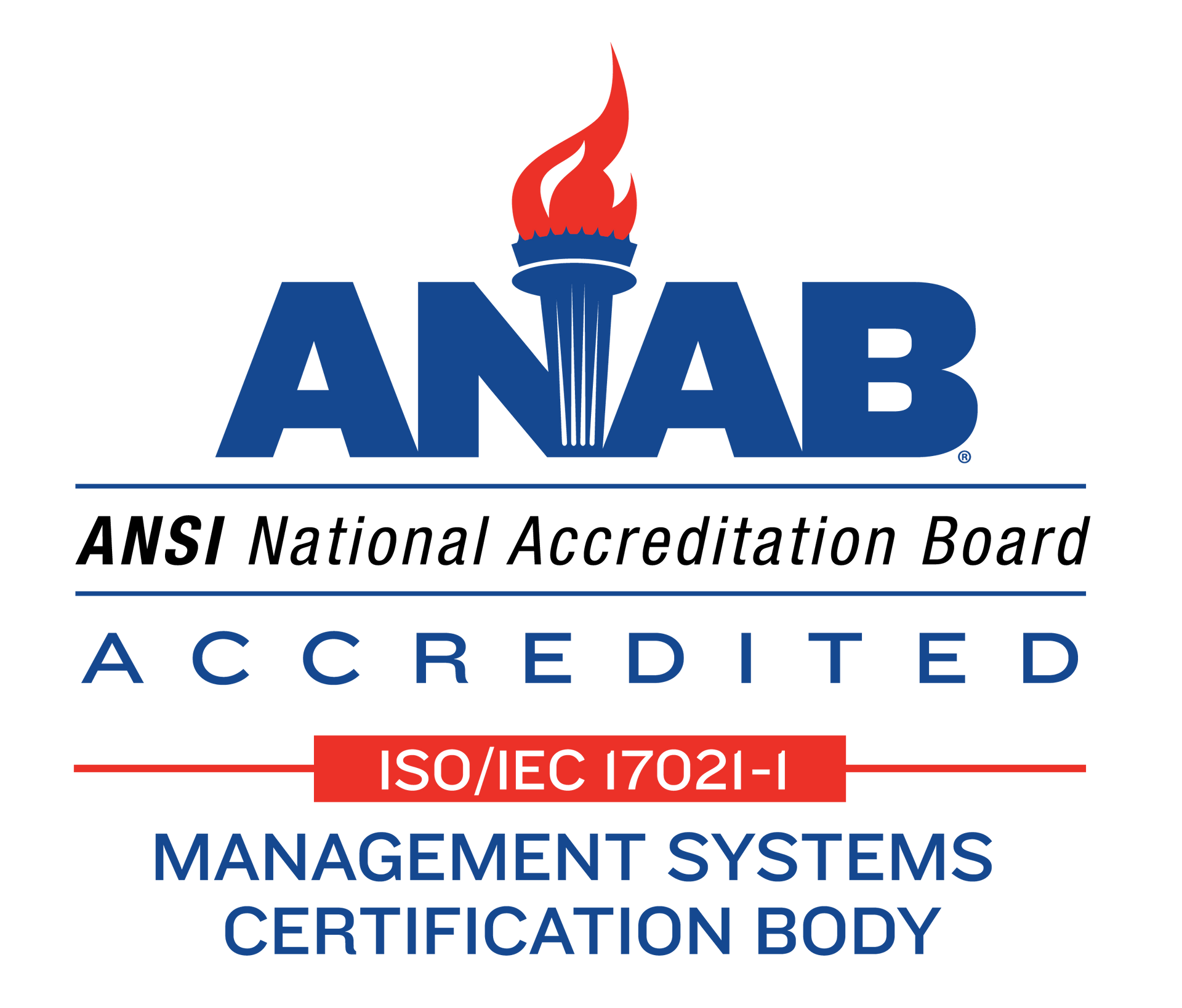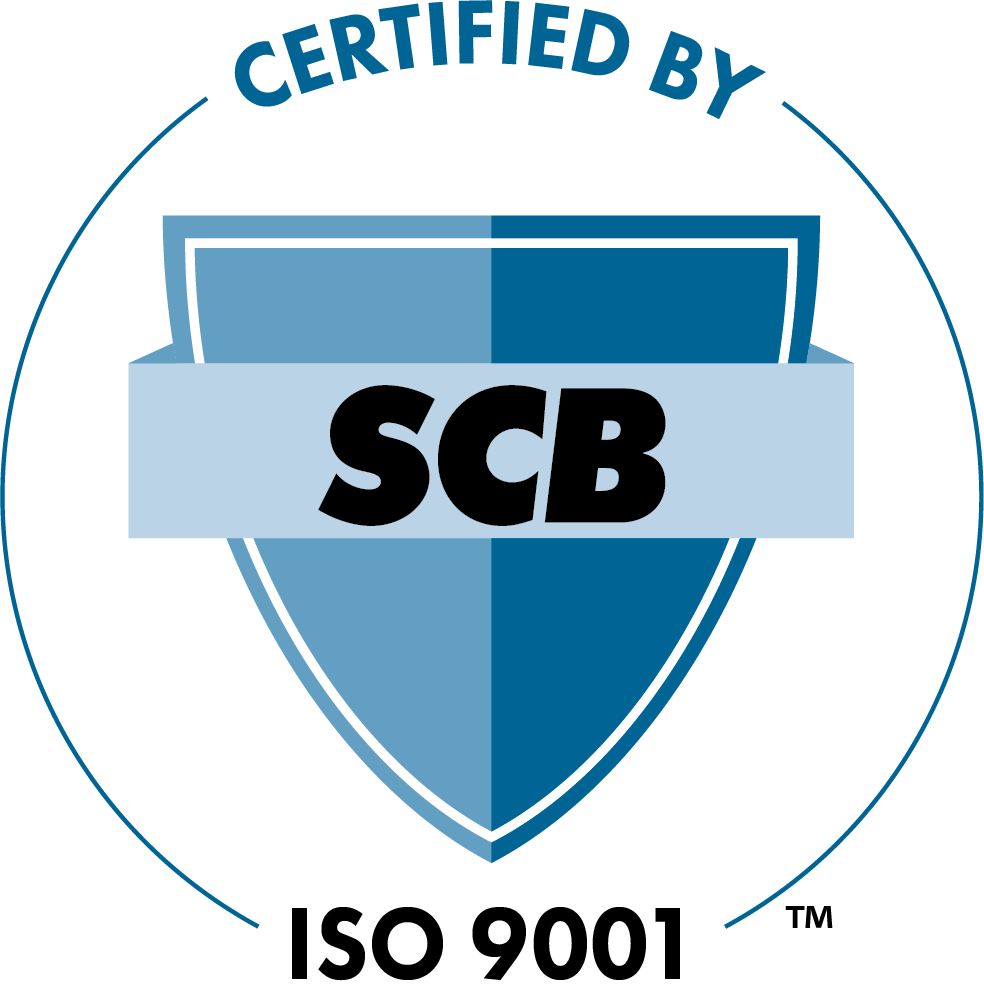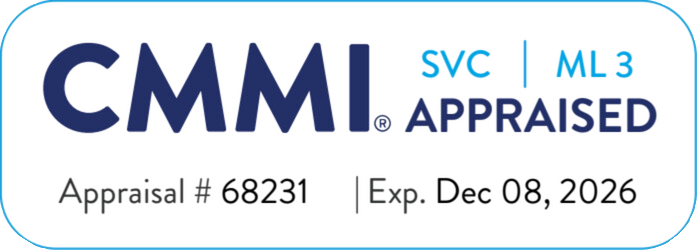Durability: The Melody of Leadership... ask Babyface
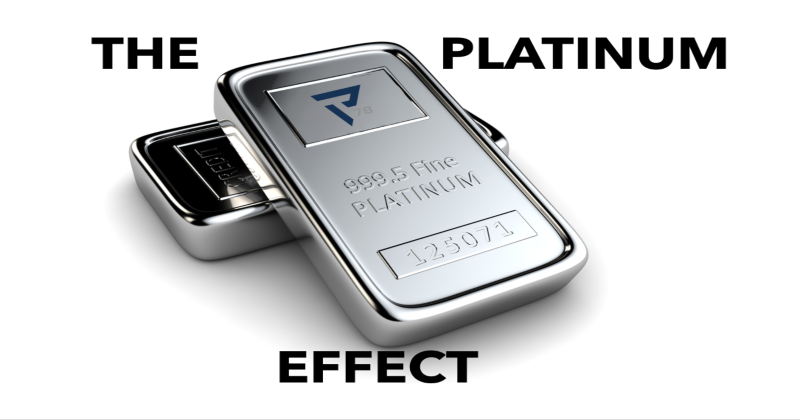
It has been a busy two weeks of gratitude. It started with attending a change of command ceremony to see Robin Montgomery assume duties as the United States Army’s 45th Chief of Ordnance. That same week, I attended the ceremony for Darion McCullough, who after nearly 40 years of service, retired from the United States Navy. I’m thankful to both for their friendship and for inviting me to celebrate their respective milestones. Finally, during our Trustees meeting this past weekend, Bennett College welcomed a new cohort that will infuse new insights and energy with our board to support the college’s most ambitious endeavors. I know that I said ‘finally’, but in the middle of all this, me and my wife got to see Kenneth ‘Babyface’ Edmonds in concert. At 65-years young, he has produced and written 125 Top-10 Hits, 61 of those rose to #1 on the Billboard charts… and let me tell you, he can still go!
What’s the commonality here? Babyface hasn’t written any military ballads (at least that I know of), and Robin and Darion can’t hold a falsetto (this I’m sure). None of these gentlemen went to Bennett College – a Historically Black College… for women 😊. However, each person and Bennett as an institution, share a key element – Durability. Their accolades are attributed to the influence they have had on those that have been under their steward of care who will or have gone on to be difference makers in their respective lives. This was due to a permanence and dedication to 1. Their craft 2. Desire to positively affect the lives of others. 3. Responsibility to cultivate these behaviors over decades.
I contend that Durability is one of the most underappreciated concepts for those who are called to lead. Tracing back to its Latin root word, durabilis, which means “permanent or lasting”, this has to be something you actively sign up for when you get the call, otherwise don’t pick up—or better yet, send it voicemail. We tend get caught up in moments of Leadership or actions that make us feel good in the moment, but we should remember this is not a fleeting concept. If we started a list of all the attributes required or expected of leaders, I’d bet that there would not be one wrong answer to be found. Vision, Innovation, Authenticity, Grit… yes we can (but won’t) keep going. These are all important, but they matter less when the passion doesn’t meet the urgency, and the urgency is not sustained.
Leadership is not a fleeting concept based on assignment or attribution. It is about what and how you contribute your talents over time. Let’s also not confuse this with ‘time in the seat’, rather focus on building resilience by fostering the consistency required to deliver on that list we just started. Because over time, we all know that buzz words matter a whole lot less than the actions we take. Be Durable.
----
I’d be remiss if I didn’t take a moment to recognize General Order No. 3, executed by Union General Gordon Granger on June 19, 1865, once his troops reached Galveston, Texas at the end of the Civil War. With just 93 words he reaffirmed President Lincoln’s proclamation that “slaves in any States… shall be then, thenceforward, and forever free.” It is a meaningful moment in our history that allows us to reflect, learn and celebrate what our nation can become.
Happy Juneteenth.










